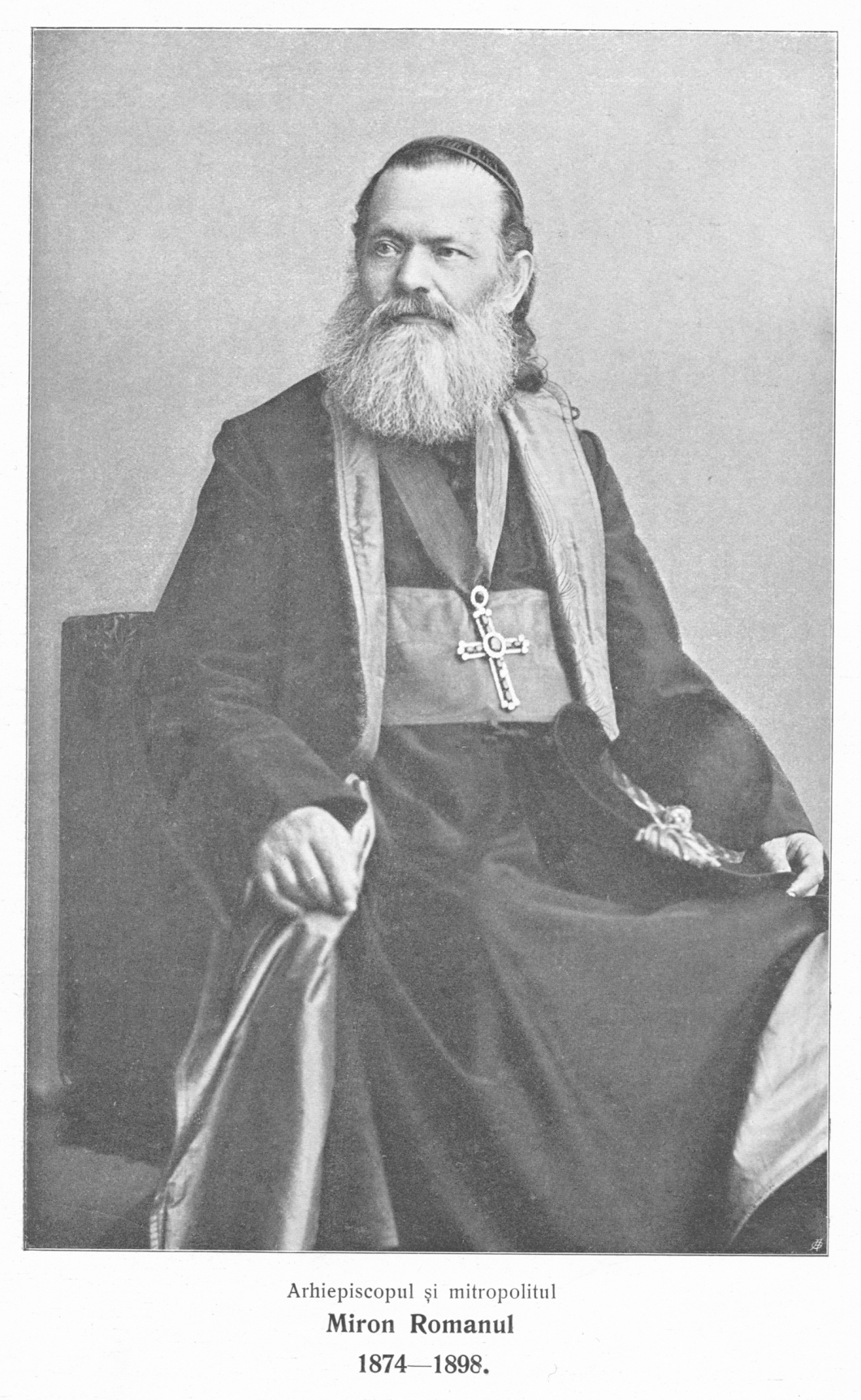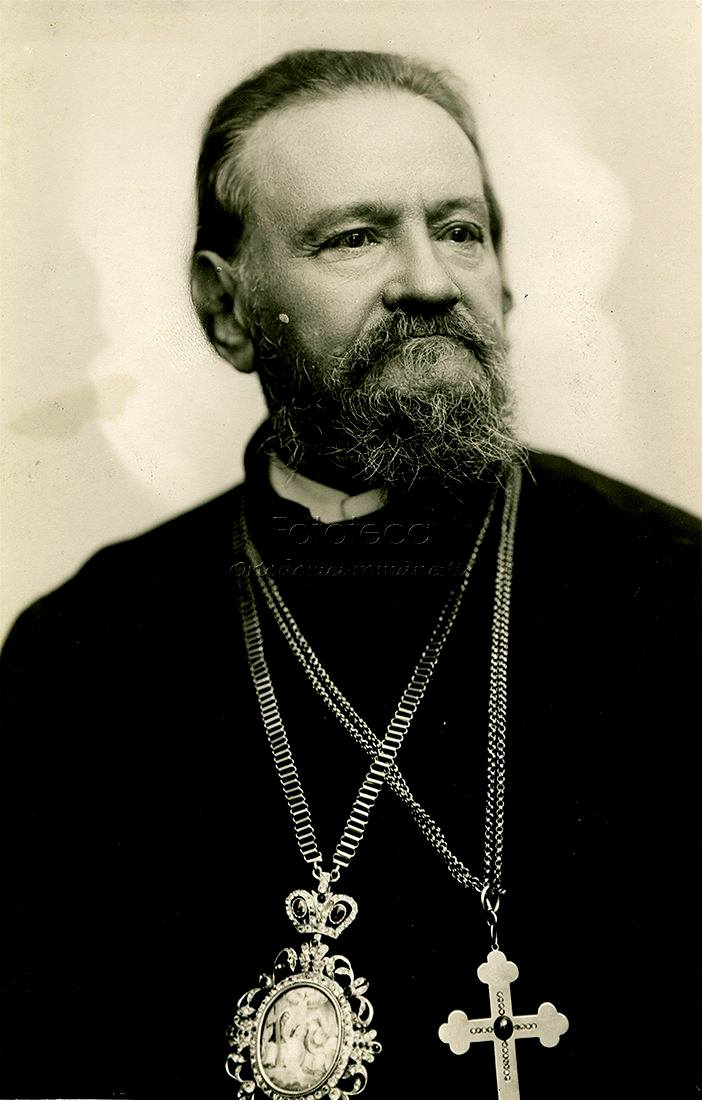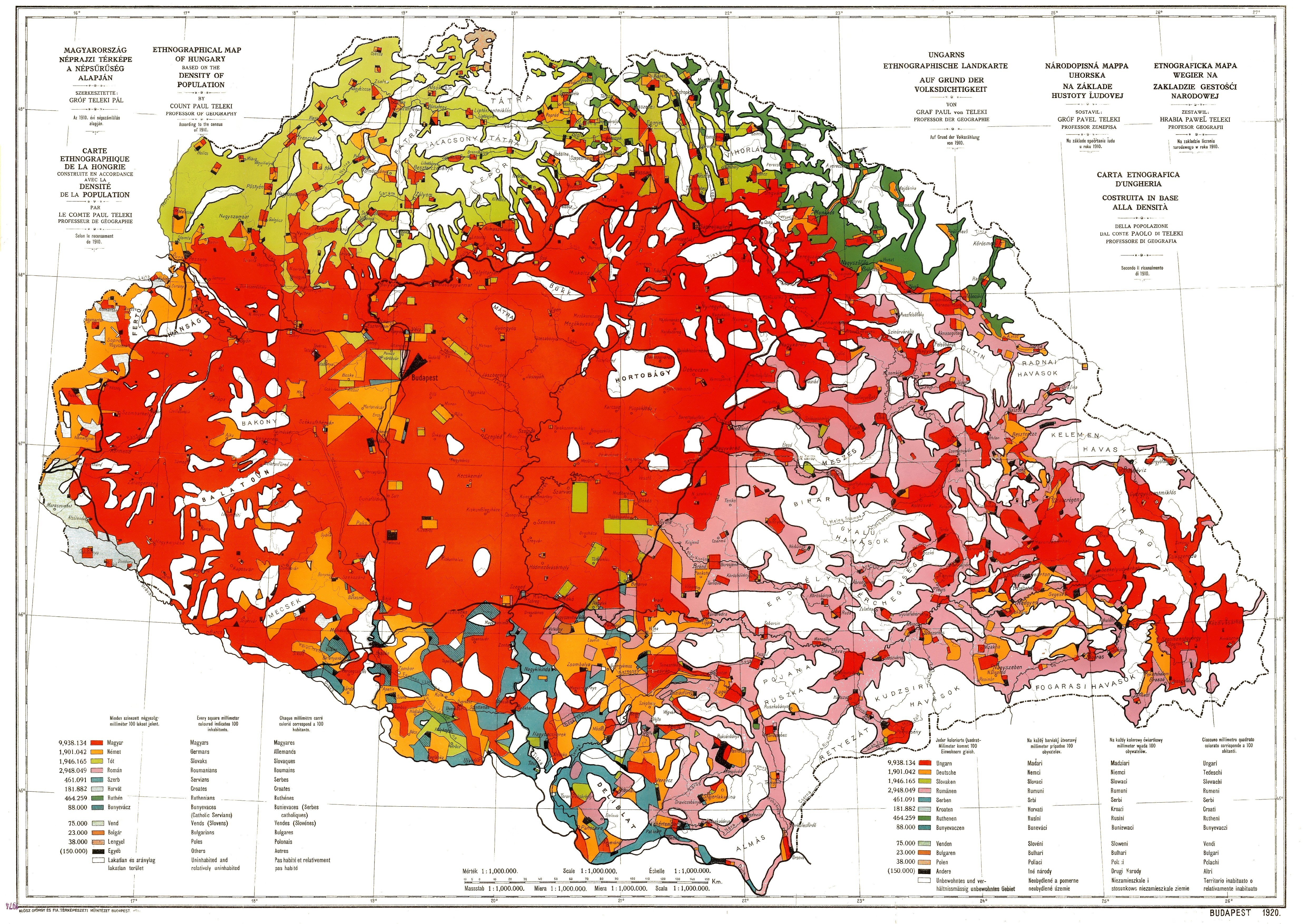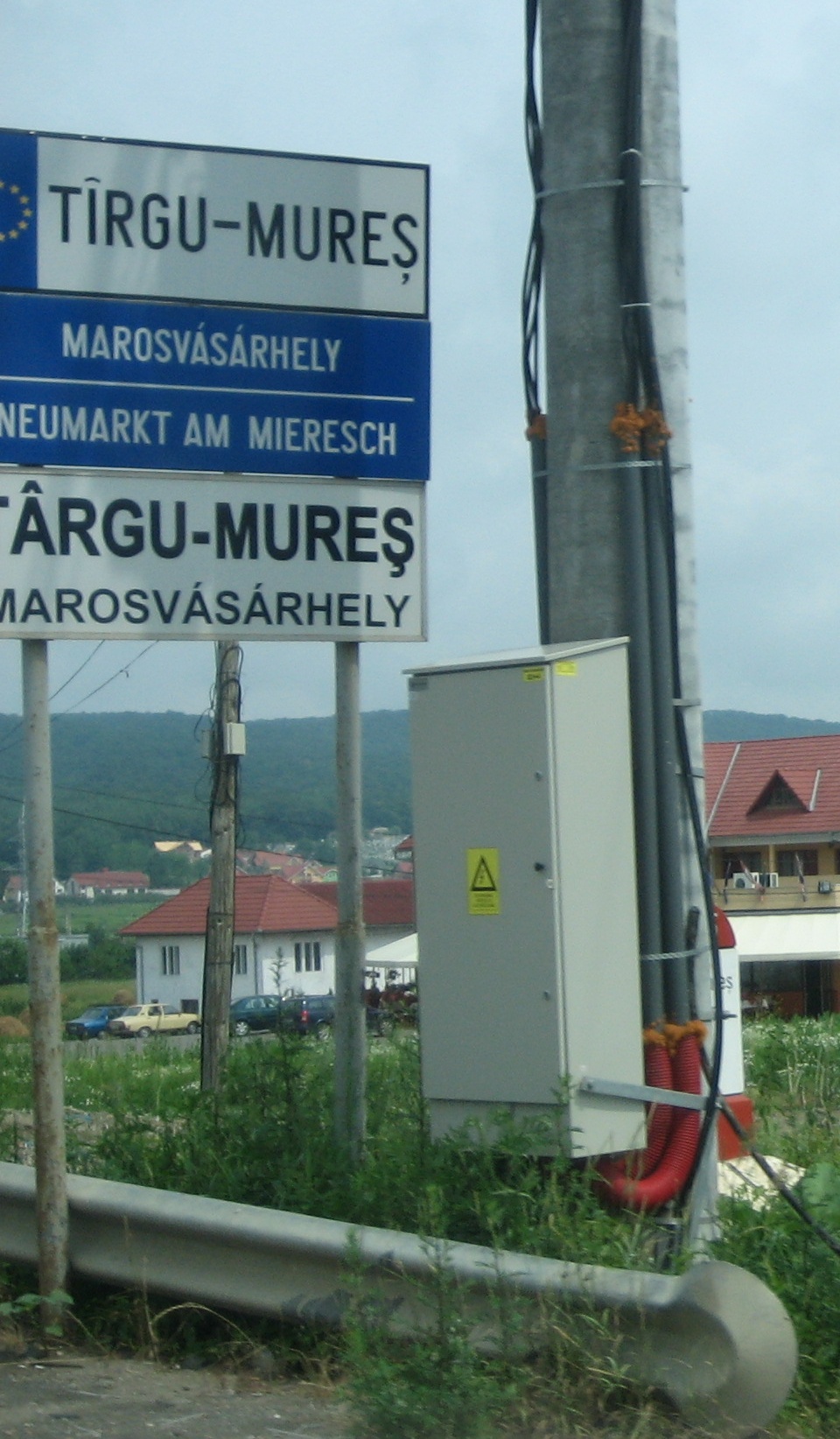|
Rubin Patiția
Rubin Patiția (–June 13, 1918) was an Austro-Hungarian ethnic Romanian lawyer and political activist. A native of the Transylvania region, he trained as a lawyer, settling in Alba Iulia in the 1870s and using his position to advance the local Romanian community. Patiția achieved prominence as a signatory of the Transylvanian Memorandum in 1892, an act that eventually led Patiția to spend time in prison. Soon after 1900, he began to withdraw from politics, dying near the close of World War I, shortly before the union of Transylvania with Romania. Biography Origins and education Born in Câmpeni, Alba County, in the Țara Moților region of Transylvania, Patiția's father Ioan was a Romanian Orthodox priest, and his younger sister went on to marry a priest.Bologa, p. 360 In the spring of 1848, in the family home, Patiția met Avram Iancu, who had arrived to discuss participation by the ''moți'' in the upcoming Blaj Assembly. The ensuing Transylvanian Revolution of 1848 deep ... [...More Info...] [...Related Items...] OR: [Wikipedia] [Google] [Baidu] |
Austria-Hungary
Austria-Hungary, often referred to as the Austro-Hungarian Empire,, the Dual Monarchy, or Austria, was a constitutional monarchy and great power in Central Europe between 1867 and 1918. It was formed with the Austro-Hungarian Compromise of 1867 in the aftermath of the Austro-Prussian War and was dissolved shortly after its defeat in the First World War. Austria-Hungary was ruled by the House of Habsburg and constituted the last phase in the constitutional evolution of the Habsburg monarchy. It was a multinational state and one of Europe's major powers at the time. Austria-Hungary was geographically the second-largest country in Europe after the Russian Empire, at and the third-most populous (after Russia and the German Empire). The Empire built up the fourth-largest machine building industry in the world, after the United States, Germany and the United Kingdom. Austria-Hungary also became the world's third-largest manufacturer and exporter of electric home appliances, ... [...More Info...] [...Related Items...] OR: [Wikipedia] [Google] [Baidu] |
Beiuș
Beiuș (; hu, Belényes) is a city in Bihor County, Romania near the Apuseni Mountains. The river Crișul Negru flows through Beiuș, and the city administers a single village, Delani (''Gyalány''). Between the late 18th and very early 20th centuries, Beiuș constituted one of the most important learning centres of the Romanian language in Crișana. Demographics According to the 2011 Census, Beiuș has a population of 10,667 inhabitants. The ethnic structure of the population is: * Romanian 89.8% * Hungarian 7.3% * Roma 2.6% * Other 0.3% History Beiuș's earliest mention in recorded history was in the year 1263, where it was mentioned as being burned down during a Mongol invasion in 1241. After some Ottoman occupation, it was conquered in 1691 by the Habsburg empire as confirmed by the Treaty of Karlowitz in 1699. After the Austro-Hungarian Compromise of 1867 it was ruled by the Hungarian administration, until the '' Great Romanian Union'' in 1918. Timeline * Estat ... [...More Info...] [...Related Items...] OR: [Wikipedia] [Google] [Baidu] |
Miron Romanul
Miron Romanul (; born Moise Romanul (); –) was an Austria-Hungary, Austro-Hungarian cleric of the Romanian Orthodox Church. Born into a peasant family in Mézes, Bihar County (now Drăgănești, Bihor, Mizieș, Bihor County), he attended the Romanian Greek Catholic Church, Romanian Greek-Catholic gymnasium in nearby Beiuș, followed by the Hungarian high school in Oradea.Păcurariu, p. 172 He then studied theology in Arad, Romania, Arad from 1846 to 1849. At Arad, he was secretary and, from 1863, diocesan adviser. He was tonsured a monk in 1857 at the Hodoș-Bodrog Monastery, being ordained a deacon and then a priest in 1863. From 1857 to 1869, he taught at the theological-pedagogical institute in Arad. From 1869 to 1870, he was school inspector for Krassó-Szörény County, from 1870 to 1873 he was vice president of the Orthodox consistory in Oradea, and in 1871 he attained the rank of archimandrite. In November 1873, he was elected Archdiocese of Arad, Bishop of Arad, and w ... [...More Info...] [...Related Items...] OR: [Wikipedia] [Google] [Baidu] |
Nicolae Ivan (bishop)
Nicolae Ivan (; May 17, 1855–February 3, 1936) was a Romania Romania ( ; ro, România ) is a country located at the crossroads of Central Europe, Central, Eastern Europe, Eastern, and Southeast Europe, Southeastern Europe. It borders Bulgaria to the south, Ukraine to the north, Hungary to the west, S ...n cleric, the first bishop of the Vad, Feleac and Cluj Diocese, where he served from 1921 until his death. at the Cluj Metropolis site Notes 1855 births 1936 deaths People from Săliște < ...[...More Info...] [...Related Items...] OR: [Wikipedia] [Google] [Baidu] |
Asociația Transilvană Pentru Literatura Română și Cultura Poporului Român
The Transylvanian Association for Romanian Literature and the Culture of the Romanian People ( ro, Asociația Transilvană pentru Literatura Română și Cultura Poporului Român, ASTRA) is a cultural association founded in 1861 in Sibiu (Hermannstadt). It had an important role in the cultural life and the movement of national awakening for the Romanians in Transylvania. Its first president was the ethnic Romanian Orthodox Metropolitan of Sibiu — Andrei Şaguna. Its vicepresident was the Greek-Catholic priest Timotei Cipariu, and George Bariţiu was secretary. Shortly after its founding, the association established a boarding school, museum, and large library in its provenance of Sibiu, and later developed a network of ASTRA libraries in Transylvanian towns. On 7 February 1895, ASTRA decided to edit and publish a ''Romanian Encyclopedia'' under the supervision of Cornel Diaconovici. It was published in three volumes between 1898 and 1904, and had an important role in the cul ... [...More Info...] [...Related Items...] OR: [Wikipedia] [Google] [Baidu] |
Zaharia Munteanu
Zaharia is an Albanian and Romanian variant form of the given name or surname Zechariah/Zacharias. Notable people with this surname * Zaharia family, an Albanian noble family ** Koja Zaharia ** Lekë Zaharia ** Elia Zaharia *Alexandru Zaharia, Romanian footballer * Alejandro Argudín-Zaharia, Romanian-Cuban athlete * Alin Zaharia, Romanian footballer * Dorel Zaharia, Romanian footballer *Dorin Liviu Zaharia, Romanian singer *Maria Zaharia, Romanian girl killed in World War I * Matei Zaharia, Romanian-Canadian computer scientist *Radu Zaharia, Romanian footballer Notable people with this given name *Zaharia Bârsan, Romanian actor and playwright *Zaharia Carcalechi, Romanian publisher * Zaharia Stancu, Romanian writer See also * Zaharija Zaharija ( sr-cyr, Захаријa) is a Serbian name, a variant of the Biblical name Zachary, through Greek '' Zacharias''. Variant transliterations into the Latin alphabet include Zaharia and Zaharije. Notable people with this name * Zaharija ... [...More Info...] [...Related Items...] OR: [Wikipedia] [Google] [Baidu] |
Kálmán Tisza
Kálmán Tisza de Borosjenő (archaic English: Coloman Tisza, or Koloman Tisza; 16 December 1830 – 23 March 1902) was the Hungarian prime minister between 1875 and 1890. He is credited with the formation of a consolidated Magyar government, the foundation of the new Liberal Party (1875) and major economic reforms that would both save and eventually lead to a government with popular support. He is the second longest-serving head of government in Hungarian history. Political career At the age of 18, Kálmán Tisza witnessed one of the greatest transformations of the political arena in Hungarian history. Hungary's political system changed from being a feudalistic state into a newly established constitutional monarchy that shared many components with modern-day governments. Legislation such as Public Law III abolished the Royal Chancellery and the Residential Council replacing them with a bicameral parliament (House of Lords and House of Representatives). Democratic princip ... [...More Info...] [...Related Items...] OR: [Wikipedia] [Google] [Baidu] |
Magyarization
Magyarization ( , also ''Hungarization'', ''Hungarianization''; hu, magyarosítás), after "Magyar"—the Hungarian autonym—was an assimilation or acculturation process by which non-Hungarian nationals living in Austro-Hungarian Transleithania adopted the Hungarian national identity and language in the period between the Compromise of 1867 and Austria-Hungary's dissolution in 1918. Magyarization occurred both voluntarily and as a result of social pressure, and was mandated in certain respects by specific government policies. Before the World War I, only three European countries declared ethnic minority rights, and enacted minority-protecting laws: the first was Hungary (1849 and 1868), the second was Austria (1867), and the third was Belgium (1898). In contrast, the legal systems of other pre-WW1 era European countries did not allow the use of European minority languages in primary schools, in cultural institutions, in offices of public administration and at the legal courts ... [...More Info...] [...Related Items...] OR: [Wikipedia] [Google] [Baidu] |
Abrud
Abrud ( la, Abruttus;Ștefan Pascu: A History of Transylvania, Dorset Press, 1990, , hu, Abrudbánya; german: Großschlatten) is a town in the north-western part of Alba County, Transylvania, Romania, located on the river Abrud. It administers three villages: Abrud-Sat (''Abrudfalva''), Gura Cornei (''Szarvaspataktorka'') and Soharu (''Szuhár''). Population According to the census from 2011 there was a total population of 4,944 people living in this commune. Of this population, 96.66% are ethnic Romanians, 0.86% are ethnic Hungarians and 0.53% ethnic Romani. Name Although first recorded only in 1271 in the form ''terra Obruth'', the name of the town might have derived from a supposed (not attested) Dacian word for gold, ''*obrud''. The town's modern name reflects a characteristic vowel shift (from ''o'' to ''a'') of the medieval Hungarian language. History Antiquity The Romans erected a small fortification here in the 2nd century AD. It was part of the defence sy ... [...More Info...] [...Related Items...] OR: [Wikipedia] [Google] [Baidu] |
Târgu Mureș
Târgu Mureș (, ; hu, Marosvásárhely ) is the seat of Mureș County in the historical region of Transylvania, Romania. It is the List of cities and towns in Romania, 16th largest Romanian city, with 134,290 inhabitants as of the 2011 Romanian census, 2011 census. It lies on the Mureș (river), Mureș River, the second longest river in Romania (after the Danube). Names and etymology The current Romanian language, Romanian name of the city, ''Târgu Mureș'', is the equivalent of the Hungarian language, Hungarian ''Marosvásárhely'', both meaning "market on the Mureș (river), Mureș (Maros) [River]". ''Târg'' means "market" in Romanian and ''vásárhely'' means "marketplace" in Hungarian. Local Hungarians often shorten ''Marosvásárhely'' to ''Vásárhely'' in speech. The Society of Jesus, Jesuit priest Martin Szentiványi provides the first known written reference naming the city; in his work ''Dissertatio Paralipomenonica Rerum Memorabilium Hungariae'' (written in 1699 ... [...More Info...] [...Related Items...] OR: [Wikipedia] [Google] [Baidu] |
University Of Vienna
The University of Vienna (german: Universität Wien) is a public research university located in Vienna, Austria. It was founded by Duke Rudolph IV in 1365 and is the oldest university in the German-speaking world. With its long and rich history, the university has developed into one of the largest universities in Europe, and also one of the most renowned, especially in the Humanities. It is associated with 21 Nobel prize winners and has been the academic home to many scholars of historical as well as of academic importance. History From the Middle Ages to the Enlightenment The university was founded on March 12, 1365, by Rudolf IV, Duke of Austria, hence the name "Alma Mater Rudolphina". After the Charles University in Prague and Jagiellonian University in Kraków, the University of Vienna is the third oldest university in Central Europe and the oldest university in the contemporary German-speaking world; it remains a question of definition as the Charles University in Prague ... [...More Info...] [...Related Items...] OR: [Wikipedia] [Google] [Baidu] |







